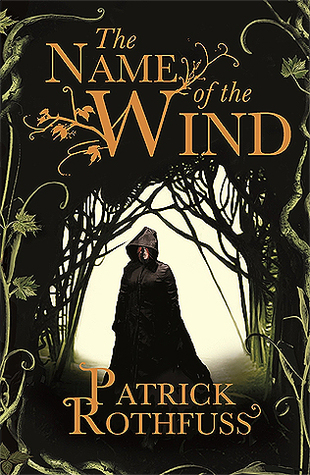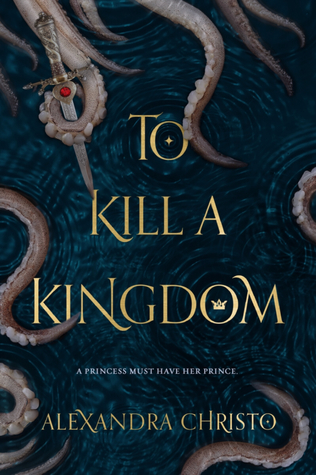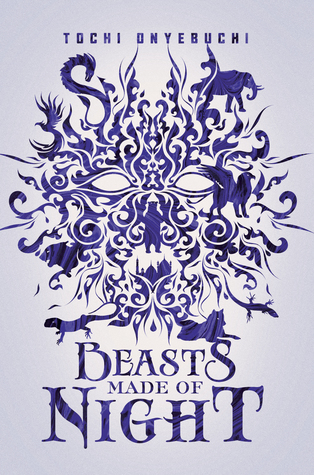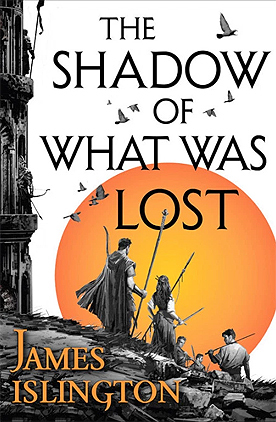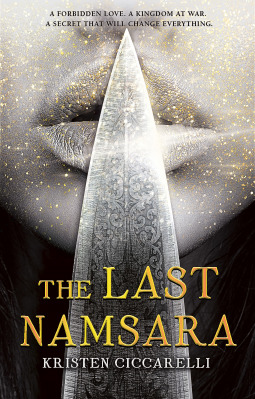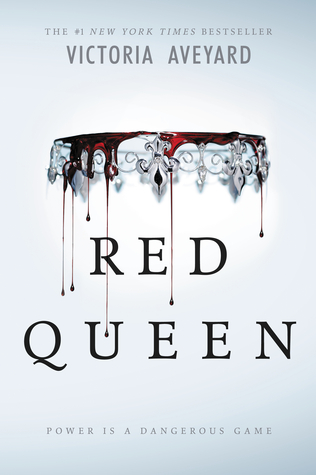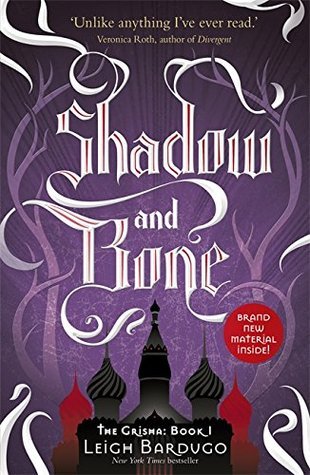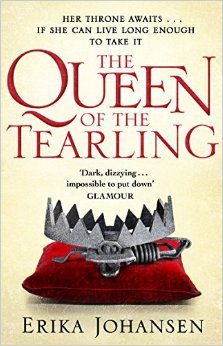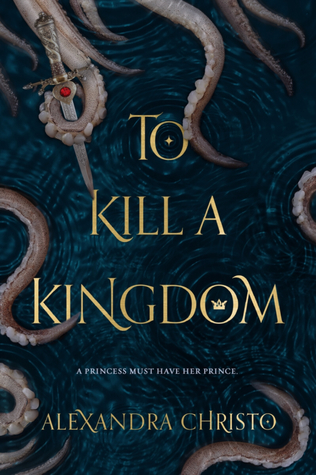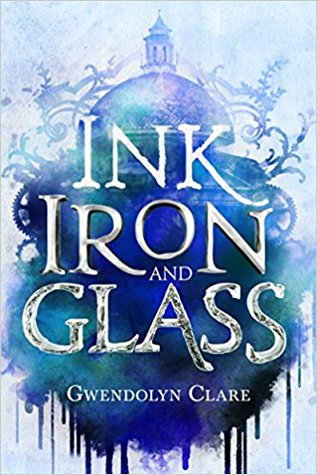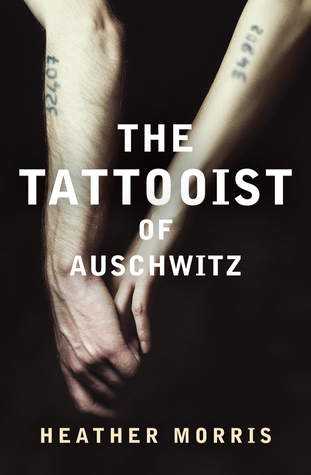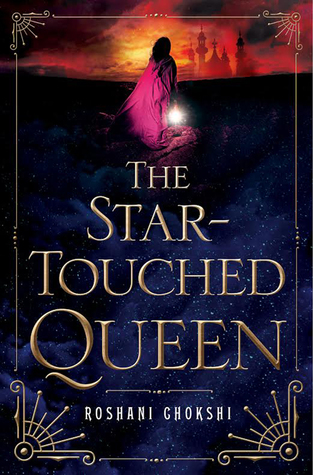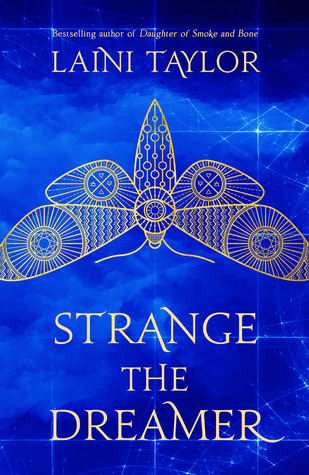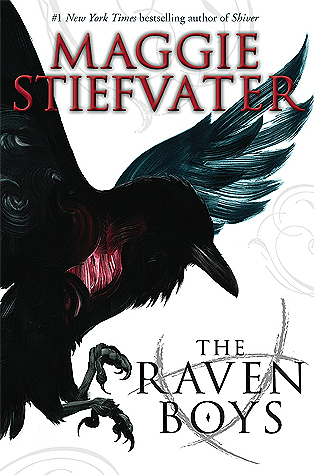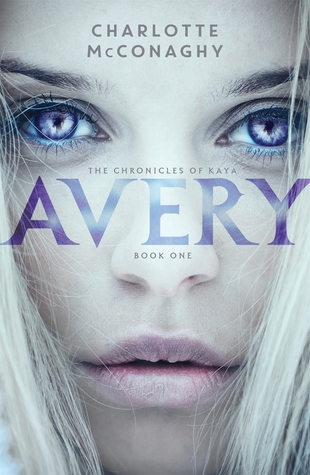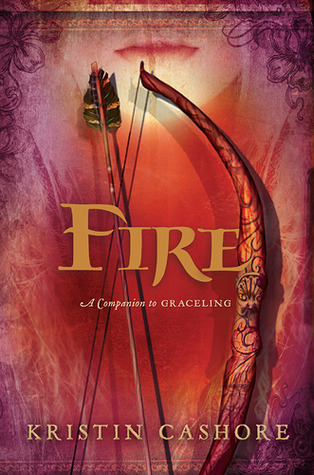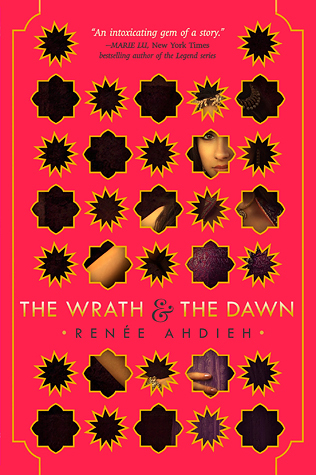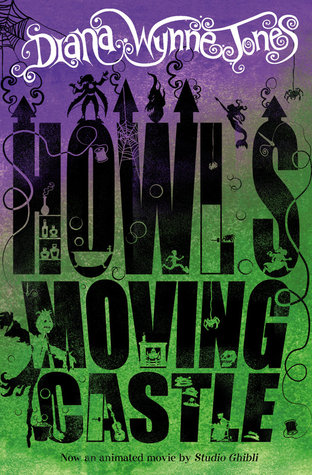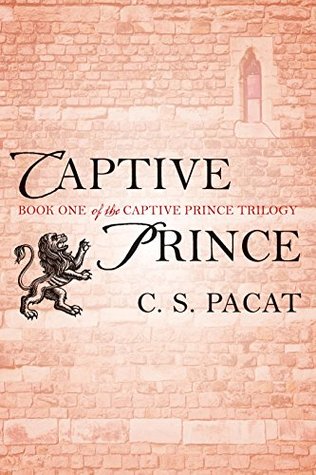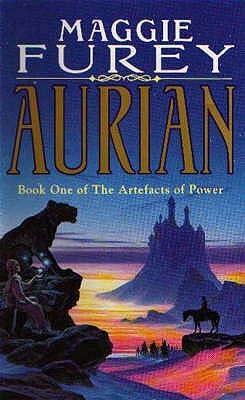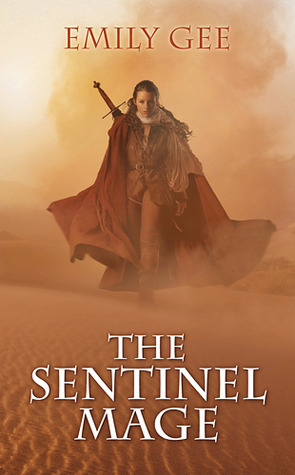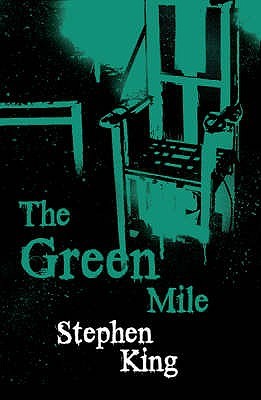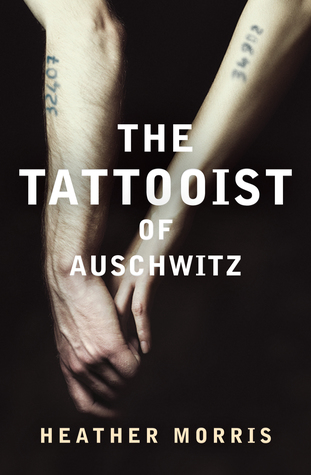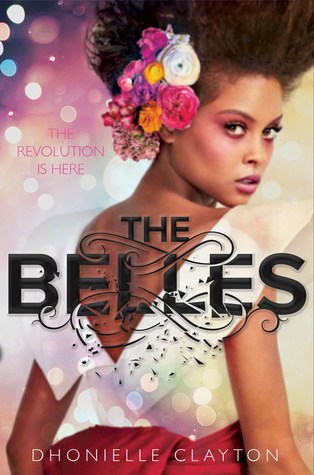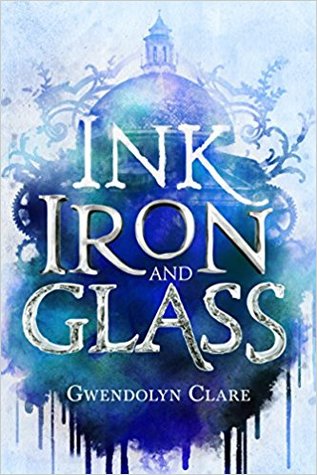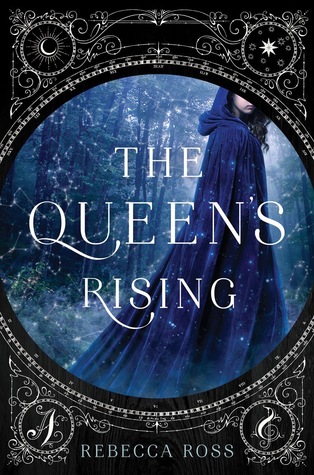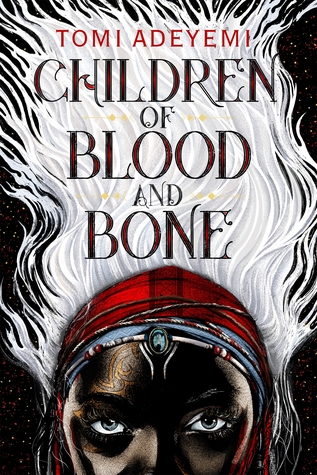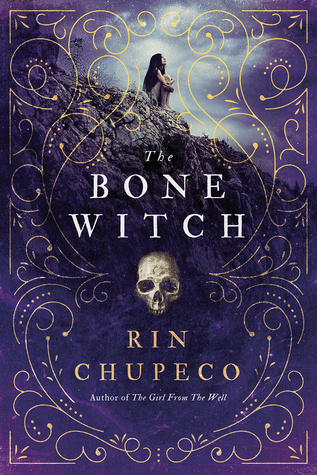The Tattooist of Auschwitz by Heather Morris
(Dates read)
12 March-16 March 2018
(Rating)
I rate The Tattooist 3 stars out of 5. It was a well written and compelling.
(Genre, appropriate audience, trigger warnings)
Historical Fiction, adult audience (at least 16 years +), trigger warnings for violence, non-consensual sex, concentration camps
“To save one, is to save the world”
(Synopsis)
The Tattooist is inspired by the true story of Lale, a Slovakian Jew, who becomes the Tatowierer of Auschwitz & Birkenau. It follows his life and work in the camps, his interactions with the guards and other prisoners, and most of all, his budding romance with Gita, another Slovakian Jew.
From Goodreads
The Tattooist of Auschwitz is based on the true story of Lale and Gita Sokolov, two Slovakian Jews who survived Auschwitz and eventually made their home in Australia. In that terrible place, Lale was given the job of tattooing the prisoners marked for survival – literally scratching numbers into his fellow victims’ arms in indelible ink to create what would become one of the most potent symbols of the Holocaust. Lale used the infinitesimal freedom of movement that this position awarded him to exchange jewels and money taken from murdered Jews for food to keep others alive. If he had been caught, he would have been killed; many owed him their survival.
There have been many books about the Holocaust – and there will be many more. What makes this one so memorable is Lale Sokolov’s incredible zest for life. He understood exactly what was in store for him and his fellow prisoners, and he was determined to survive – not just to survive but to leave the camp with his dignity and integrity intact, to live his life to the full. Terrible though this story is, it is also a story of hope and of courage. It is also – almost unbelievably – a love story. Waiting in line to be tattooed, terrified and shaking, was a young girl. For Lale – a dandy, a jack-the-lad, a bit of a chancer – it was love at first sight, and he determined not only to survive himself but to ensure that Gita did, too. His story – their story – will make you weep, but you will also find it uplifting. It shows the very best of humanity in the very worst of circumstances.
Like many survivors, Lale and Gita told few people their story after the war. They eventually made their way to Australia, where they raised a son and had a successful life. But when Gita died, Lale felt he could no longer carry the burden of their past alone. He chose to tell his story.
(Initial impressions/why it attracted me)
Honestly, I probably would not have chosen to read this book at all if it hadn’t appeared on a popular nightly news show here in Australia. I saw the tail end of the feature, and The Tattooist was portrayed as a love story. That piqued by interest. ‘A love story in Auschwitz?’ I thought. ‘They survived and grew old together? Well damn, that’s a story I want to read about.’ So here I am.
(Writing style)
The Tattooist is written in the third person present tense. Despite not being a fan of this particular writing style myself, Heather Morris has made it work. It gives an immediacy to the events which is both powerful and captivating.
(Plot)
Put simply, this is a Holocaust survivor story. What makes it different is that it is also a love story.
The setting is primarily in the camps of Auschwitz- Birkenau in Poland between 1942 and 1945. Our main character is Ludwig ‘Lale’ Eisenberg, a Slovakian Jew, who is on the first transport to Auschwitz. The prologue starts with Lale and Gita’s meeting, then chapter one jumps back to the start of Lale’s journey to Auschwitz. The turning point comes quickly for Lale. After only a few weeks he becomes assistant Tattooist, and he tattoos Gita. It is love at first sight. A few weeks after that, he inherits the main job. As the Tattooist, Lale is given special privileges. He gets more rations, a single room, and more freedom to move around. This enables him to help people.
Being a smart young man, Lale observes everything. He is soon able to get a supply chain going to benefit the prisoners, right under the noses of the SS. He procures food and medicine, and bribes the guards for favours and information, at great risk to himself and others. But Lale doesn’t seek risks for the thrill of it, he finds the risks necessary. Just as he sees his meetings with Gita as necessary. It is both terrifying and satisfying to read about their love story as it unfolds.
The Tattooist is not a lengthy read. Had I the time, I could have read the whole book in well under four hours. It’s fairly fast paced, and it jumps from scene to scene. There is no filler, so the reader is not left bored in between the action. It’s mostly from Lale’s perspective, but we occasionally follow Gita too (I also recall at least one instance of a minor character being the focus).
I think it’s the kind of book that has more impact if you already know a bit about Auschwitz, because it doesn’t explain the significance of events on a greater scale. The story revolves around Lale and Gita, and the horrors that occurred there are mostly mentioned in passing, as the characters find out about them. I wouldn’t go so far as to say that the horrors are minimised, but they just aren’t dwelled upon after they occur. I think this is intentional, because that is how Lale and Gita survived. They could only deal with one tragedy at a time, and if they held on to all of them, they would give up hope.
And that is what this story is ultimately about. Hope. Of course it is also about love, and survival, and courage, and the choice between kindness and cruelty. But the overall feeling is hope.
(Characters)
I think it’s difficult to write about characterisation in a non-fiction book. Obviously when the source material is coming from the memories of living human beings there is going a whole lot of subjectivity and bias. That being said, I think the characterisation of the main characters was handled well. The side characters weren’t explored in depth, only insofar as their experiences and characters affected Lale (and Gita).
Lale’s character is established very quickly. He is an intelligent, curious, pragmatic and brave. He’s also unbelievably lucky. Seriously. The man well and truly used up his quota, but always seemed to have more. I think Lale is the kind of person I would strive to be if I were put in a similar situation. Someone who survives, but not at the cost of other people. Someone who is willing to help others who are worse off, even if I had to get my hands dirty.
Gita is less memorable as a distinct character. I cared for Gita only because Lale did, not because I liked her character. I assume this is because the author had no access to Gita’s memory of the events, only Lale’s, so it is necessarily coloured by his thoughts and feelings, and limited, largely, to what he experienced.
While Lale is truly the foundation of this story, there were many other characters I felt drawn to. It was often characters who appeared only briefly who affected me the most. In them I was able to see both the cruelty and the humanity that exists, and even persists, in such extreme circumstances. It was the kindness of strangers that moved me. The Romani prisoners adopting Lale and giving him a family. A torturer’s promise to help Lale protect his collaborators by killing him before he gave up their names. A receptionist willing to add another name to a list of boys being transferred in order to save a teenager’s life. A man willing to drag a sick stranger’s body off a death cart, and the people in Block 7 who hid him for a week and nursed him back to health. A civilian who is willing to smuggle food and medicine into camp at risk to his family’s life. An apprentice tattooist who was tortured by Josef Mengele, and still retained his fighting spirit. A woman who was raped by the commandant, but was brave enough to use her position to help others, despite being traumatised.
It was all of these people who really affected me.
(Who I’d recommend it for)
I’d recommend this book for those interested in other Holocaust stories, such as The Diary of Anne Frank, Schindler’s List, or Rena’s Promise.
